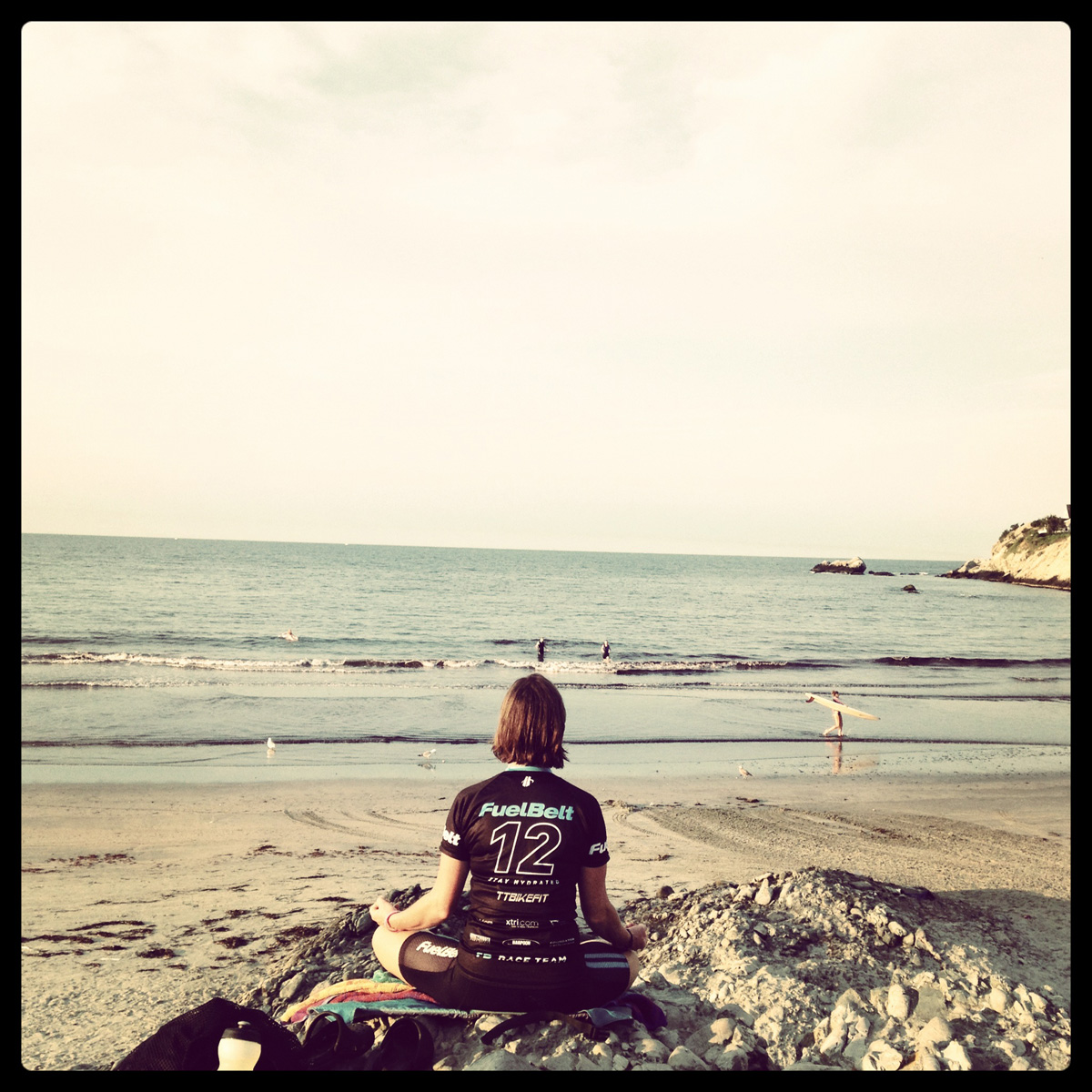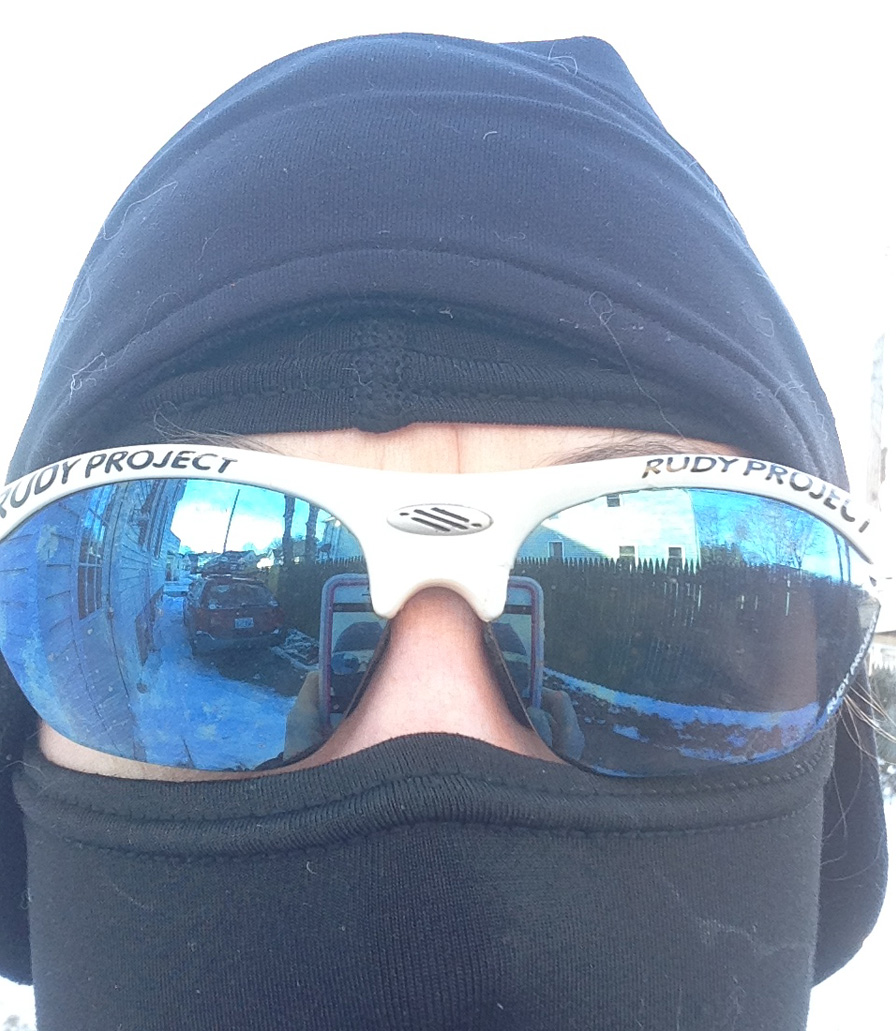I always get super excited to watch triathlon pros put it down on the run. Especially at Kona, where the best of the best come together once a year to battle it out and meet their maker all in the name of Ironman glory. Not just for the fat pay day but the chance to wear the title of Ironman World Champion on their sleeve for the next year and forever. As I work toward my goal of qualifying to race on the big island, I get extra jazzed once a year when this race comes around. It happened just a few weeks ago.
I set my entire day around the live feed and love it all but can’t help feel impatient to get to the run already! And please, if Mirinda Carfrae or Andy Raelart are racing definitely don’t take the cameras off of them ever. This year, Mirinda had to pull out on the bike so we were not granted the opportunity to see magic happen on a run course. Last year’s performance was unforgettable. She came back from a 14 minute deficit off the bike and ran her way to the win. This year left me with Andy, one of my all time favorite runners. He looks so good, so strong and so smooth clicking off sub 6 minute miles.
How is that possible? How does one look that good after swimming and cycling for 5+ hours? In coaching my athletes, I focus in 3 main areas to prepare them to run strong off the bike:
1) Build a big base
2) Run often off the bike
3) Race pace progression runs
Build A Big Base
This one is probably the toughest for athletes to grasp, as they want to go fast, NOW. This may be possible for some, but for the majority of us, we need to get accustomed to running, and doing it often, and longer than we may have done in the past. Working off the MAF method of training, which I’m an advocate of thanks to Lucho (just Google ‘lucho runner’) & Dr. Phil Maffetone, is targeting that aerobic heart rate zone and getting in miles and miles of steady work at that zone. This phase can be anywhere from 10-20 to even 30 weeks if you have the time before your race. How does one calculate that zone? The easy way is to subtract your age from 180, but that might not fit everyone. So I prefer to run tests with my athletes to see what their perceived effort is, as well as look at the athlete’s past history of heart rate data. Most likely, they have been training too high. Getting this base allows an athlete to absorb the speed work later on in training.
Run Often Off The Bike
This is one I incorporated a few years ago to my own training, specifically when I was focusing on olympic distance triathlons and trying to get my run under 40 min off the bike. The runs don’t have to all be intensity, 1 or 2 should, but the rest can simply be easy MAF runs off a bike anywhere from 1-5 miles. The longer the distance of your race, the more miles you would want to add off the bike. One workout that would build your run nicely off the bike is to a double split. Bike on the trainer and warm up for 20 min, then start a set of 2x bike/run. Bike race pace for 20 min, then jump off, lace up the running shoes, and hit the road or treadmill for 15-20 min at race pace. Jump back on the bike and repeat that bike/run. It’s a short workout, focused on the bike/run feel, and should only be done 1x per week.
Race Pace Progression Runs
After your base is built, it’s time to build in some speed and actual pace experience for what you anticipate running at your A race. A simple structure for a progression run can be 6 – 12 miles, depending on time of year and distance of your race. For a 12 mile run, follow this breakdown: 3 miles to warm up, 3 miles at 20 sec slower than race pace, 3 miles at race pace, and finally 3 miles at 20 sec faster than race pace. What is race pace? It’s the pace you want to run during your race. If that’s an 8 min mile, this run would be structured:
3 miles: 9-10 min/mile
3 miles: 8:20 min/mile
3 miles: 8:00 min/mile
3 miles: 7:40 min/mile
Getting close to these paces is the goal. You may bounce around above and below, and that’s ok. The point is to feel what your race pace is, and what it feels like to go slower and faster than that pace.
Most importantly, enjoy the process. Getting faster on the run as a triathlete can be a rewarding experience as you fly by competitors at your next race. Contact me if you have any questions or need feedback on your run.




